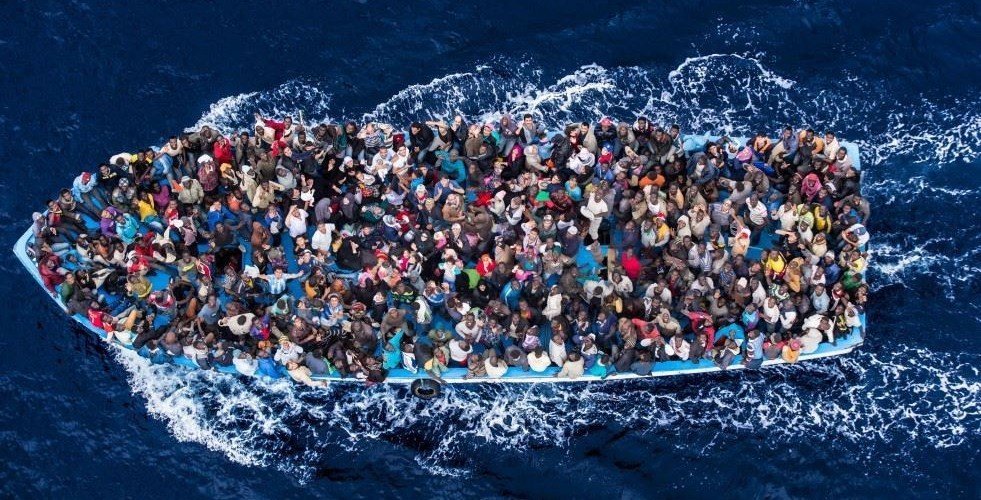
New study shows migrants and refugees fleeing to Europe risk violence, sexual exploitation and death
The lack of protection services on major routes used by refugees and migrants is alarming and has become more acute than in recent years, according to a mapping report released today by UNHCR, the UN Refugee Agency.
Each year, hundreds of thousands of refugees and migrants risk their lives to move on routes that extend from the East and Horn of Africa and West Africa towards North Africa’s Atlantic coast, and across the Central Mediterranean Sea to Europe. As well as Africans, there are also many refugees and migrants from Asia and the Middle East among those arriving in North Africa, coming from countries such as Bangladesh, Pakistan, Egypt and Syria.
The horrors faced by refugees and migrants along these routes are unimaginable. Tragically, many of them die while crossing the desert or near borders, and most of them suffer serious human rights violations en route, including sexual and gender-based violence, kidnappings for ransom, torture, physical abuse, arbitrary detention, trafficking in persons and collective expulsions. However, protection services which can help provide alternatives to dangerous journeys or mitigate the suffering of refugees and migrants along the routes they travel are severely lacking.
The latest figures since the changes came into effect show a 25% drop in visa applications. The Office for Budget Responsibility has previously forecast that net migration will halve from its 2022 peak in the next 12 months.
The proposals would regulate the recruitment of international students, cracking down on rogue recruitment agents who encourage people to apply to British universities by mandating universities to sign up to a stringent framework for agents.
The horrors faced by refugees and migrants along these routes are unimaginable.
Tragically, many of them die while crossing the desert or near borders, and most of them suffer serious human rights violations en route, including sexual and gender-based violence, kidnappings for ransom, torture, physical abuse, arbitrary detention, trafficking in persons and collective expulsions. However, protection services which can help provide alternatives to dangerous journeys or mitigate the suffering of refugees and migrants along the routes they travel are severely lacking.
The findings of this third edition of UNHCR’s “Mapping for Protection Services Report, a routes-based approach to protection services along mixed movement routes” highlight a significant discrepancy in the level of services provided on the different segments of the routes that have been mapped.
Protection services such as immediate humanitarian assistance, shelter, referral mechanisms and access to justice are often not available in known mixed movements hubs and transit points in hard-to-reach areas, including in the Sahara Desert. Unfortunately, local partners who have access in these places are often not considered by donors or are de-prioritized for funding; and operational partnerships with local authorities are almost nonexistent.
The report also documents the negative impact of new crises, such as the conflicts in Sudan and the Sahel, on the availability of resources to dedicate to the provision of protection services. The lack of sustained funding is further threatening the limited services that are currently available.
The absence of critical services is placing refugees and migrants at great risk of harm and death, and is also triggering dangerous secondary onward movements. Some refugees and migrants underestimate the risks, while many fall victim to the narratives of smugglers and traffickers.
As such, UNHCR is calling on donors and stakeholders to support humanitarian interventions and for the renewed localization of efforts where all humanitarian and development actors and donors work together to increase service availability and capacities in targeted locations. This includes better access to legal pathways to safety and improving protection services for victims, as well as those at risk of becoming victims along the routes.
Community engagement and communication mechanisms also need to be enhanced at the country level and among diaspora communities to disseminate information on the dangers of the journeys, dispel the fake narrative provided by smugglers and traffickers, and help relay information on the availability of alternative safe and legal pathways such as family reunification, and protection and assistance services.










